A completely reworked version of the British classic, this vegetarian shepherd’s pie-style dish is packed with delicious Middle Eastern flavours. The ultimate comfort food on a cold day!
I lived in England for ten years, but even though I loved going to pubs, I rarely made or ate British food. While cornish pasty and sausage rolls are a source of British pride, it’s safe to say they’re not for me.
What’s more, my partner spent a few years at boarding school in England, making a few of the dishes I did enjoy out of bounds, at least at home. One of those: Shepherd’s pie.
But is it a shepherd’s pie?
Over the past few years, turning classic dishes vegetarian, or vegan, has become quite a thing. As I was pondering a recipe for vegetarian shepherd’s pie, I couldn’t help but think that this would be great with a few Middle Eastern ingredients. And so off to the kitchen I went!
Of course, the end result is not a shepherd’s pie. But is it a vegetarianised shepherd’s pie? It really depends on your perspective and how narrowly you define shepherd’s pie.
If you think of the British/Irish classic as an oven baked ragu with mash on top, then yes, this is a vegetarian shepherd’s pie. The mash is there, though different. The ragu is there, though (very) different. And it’s baked in the oven for ultimate comfort.
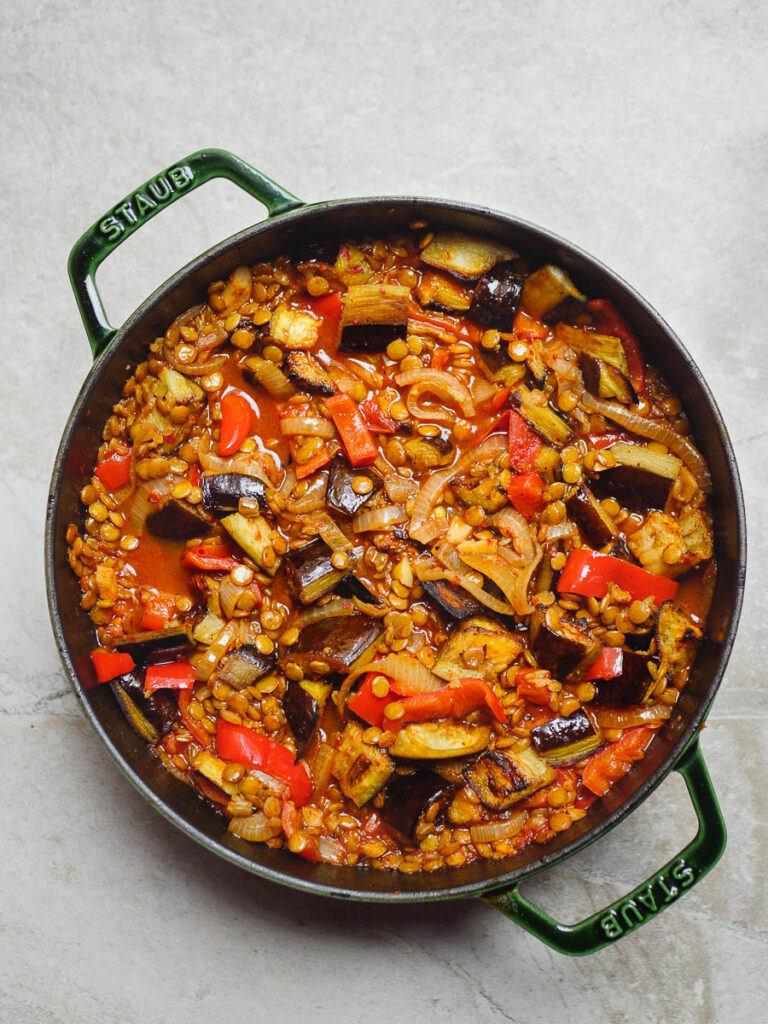
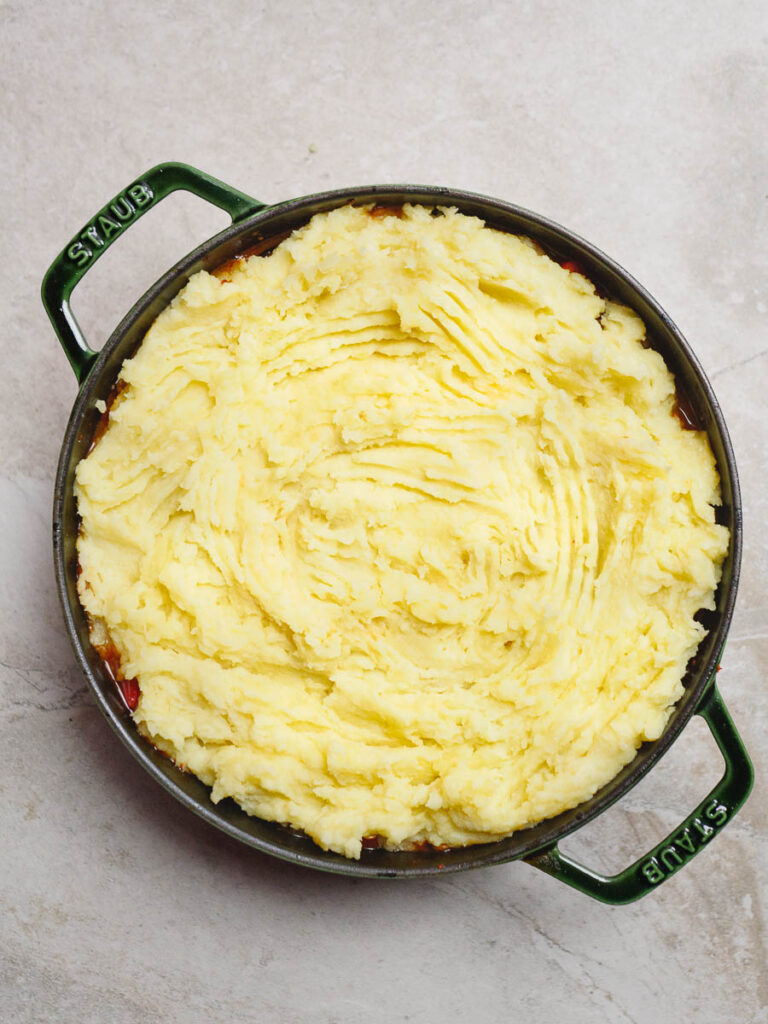
If, however, you think shepherd’s pie is defined by the inclusion of meat in the ragu, or in the particular flavourings used in traditional versions, then this is most certainly not a shepherd’s pie. So please forgive me for giving this dish a long, descriptive title (or is it a caveated one?).
Delicious Middle Eastern flavours!
Too often, vegetarianised versions of meat dishes lack depth of flavour. What better, then, than to look to the food cultures that have been doing vegetarian centuries before that became a thing. They certainly know a thing or two about flavouring vegetables and legumes for ultimate comfort.
It’s always better to go with the tried and tested than to go fumbling in the blind.
In this vegetarian shepherd’s pie, lentils and freekeh, a green wheat grain with smoky undertones (courtesy of a funky process involving picking the wheat unripe and setting the stalks on fire), add plenty of depth that makes sure no one will miss the meat.
Tomatoes and pepper paste ensure there is umami aplenty. Aubergine (eggplant) and peppers take the place of the carrots commonly found in traditional shepherd’s pie.
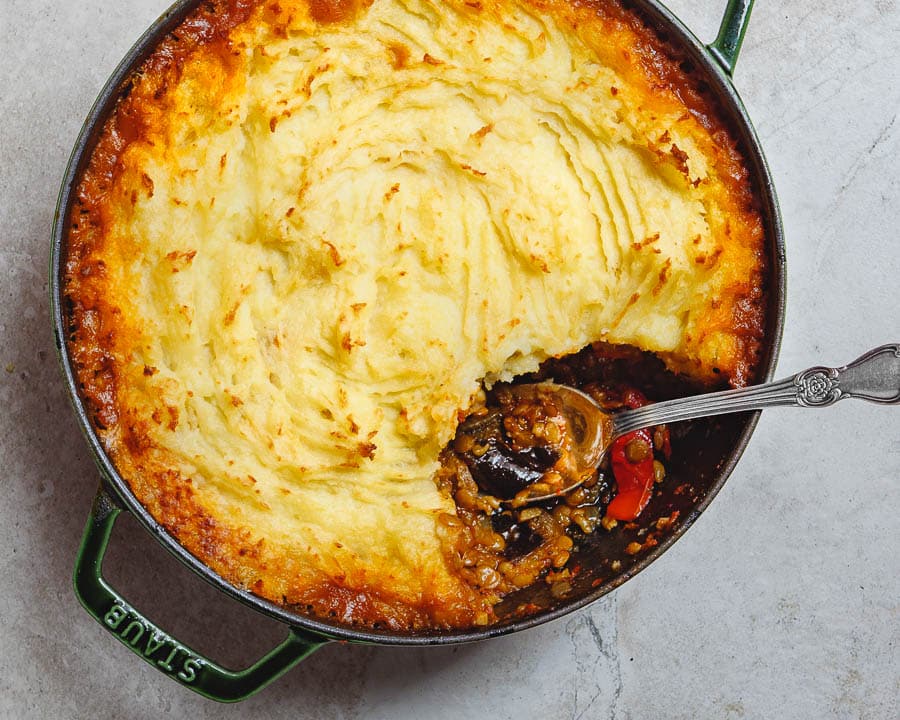
The true stars here, though, are the spices. Caraway seeds, cumin seeds and chili flakes in a mix reminiscent of the Tunisian spice paste harissa. Just perfect!
Suitable for family dinners
Although, there are a few spices in the dish (including chili flakes), the dish is neither spicy nor very spiced. This vegetarian shepherd’s pie-style dish is first and foremost comfort food! As such, it’s highly suitable for occasions that gather people with varying food preferences.
I’ve served this at family dinners and other occasions where there have been a few more mouths than usual to feed. Regardless of the context, I’ve never worried about the dish being vegetarian. Quite frankly, this is just too good to pass on, even for the most devout meat eaters!
And that’s also been my experience. Everyone happily helps themselves to seconds.
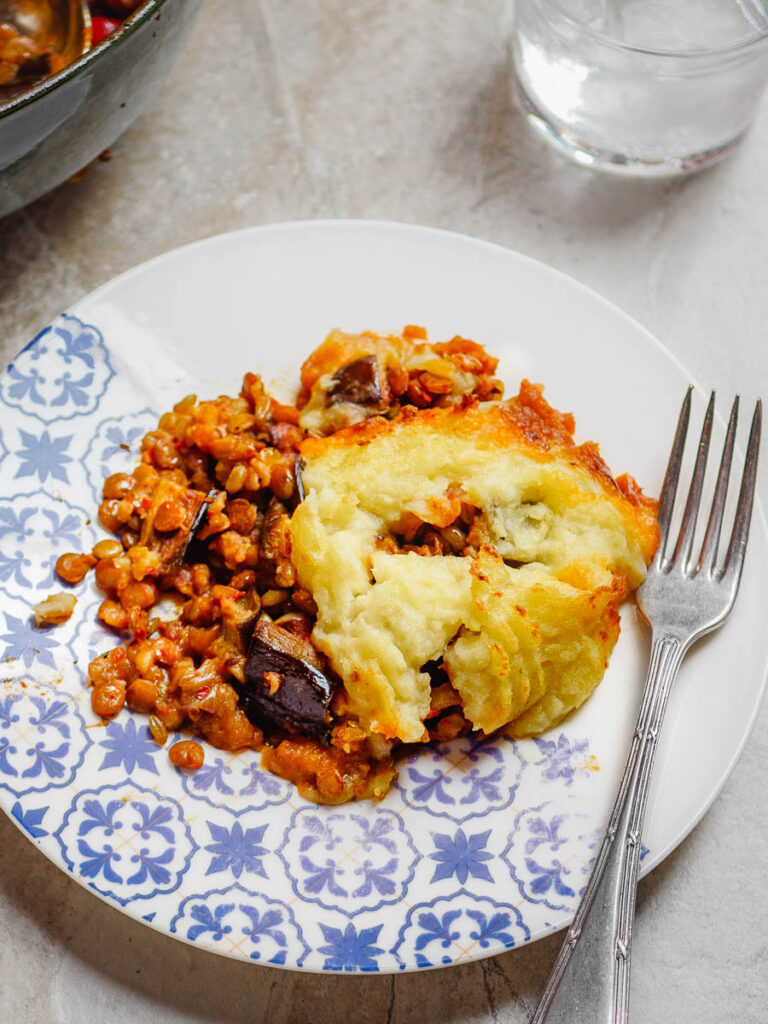
I like to serve this with a simple salad. A little rocket topped with pomegranate molasses and extra virgin olive oil is just perfect, though if you feel like something more exotic, fattoush or tabbouleh would certainly work very well. It would also keep the Middle Eastern theme going!
The recipe serves four, generously.
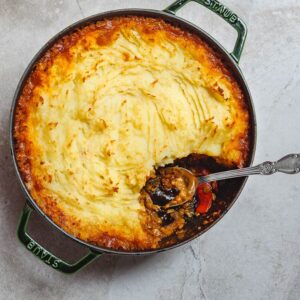
Vegetarian “shepherd’s pie” with Middle Eastern flavours
Ingredients
- 2 large aubergine (eggplant), partly peeled and cut into 3 cm (1 in) dice
- 6 Tbsp olive oil, divided
- 1 tsp caraway seeds
- 1 tsp cumin seeds
- 1 onion, halved and cut into thin slices
- 2 red romano peppers, cored, seeded and cut into strips
- 3 garlic cloves, finely chopped
- 2 tsp pul biber (Aleppo pepper)
- ½ tsp isot biber (Urfa pepper), (optional)
- ½ Tbsp Turkish sweet pepper paste (tatlı biber salçası), or tomato paste
- 400 g tomato, chopped (fresh or canned)
- 200 g green or brown lentils, (dry weight)
- 50 g freekeh, or coarse bulgur
- 600 ml water or stock
- salt and pepper
Root vegetable mash
- 600 g potato, peeled and cut into large pieces
- 150 g celeriac, (1 small), peeled and cut into large pieces
- 50 g butter
- 2 Tbsp extra virgin olive oil
- water
- salt and pepper
How I make it
- Preheat the oven to
230 °C. Line a baking sheet with baking parchment.
- Place the cubes aubergines on the baking sheet and mix with 3 Tbsp of the olive oil and some salt. Bake in the middle of the oven until golden and tender, 20-25 minutes. Set aside.
- Turn the oven down to
200 °C.
- At the same time, boil the potatoes and celeriac in plenty of lightly salted water until tender. Drain, then mash and mix with the butter and extra virgin olive oil. Season with salt and pepper to taste. You’ll achieve best results if you mash the potato with a potato ricer of the kind that looks like a gigantic garlic press.
- At the same time, heat a thick bottomed pot over a medium heat. It's best to use an oven safe one with low edges as in the pictures if you have one, if not, don't worry, a regular pot will be fine. Toast the caraway and cumin until fragrant, 30-45 seconds. Add the olive oil, onion and sweet peppers. Fry until the onion is softened, but not yet golden, stirring regularly, 8-10 minutes. Add the garlic, pul biber, isot biber and sweet pepper paste. Fry for another minute, stirring constantly. Add the chopped tomates and mix well. Finally, add the dry lentils, freekeh (or bulgur) as well as 600 ml (2 ½ cups) water or stock. Bring to the boil, then turn the heat down to low. Simmer covered for 10 minutes. Season with salt and pepper to taste, and add more chili if you'd like more of a spicy kick.
- Add the roast aubergines to the sauce. If your pot is oven safe and with low edges, spread the mashed root vegetables on top. It’s best to scatter it all over little by little than adding all of it in one place and attempting to smooth it out. If your pot isn’t oven safe, transfer the sauce to a suitable roasting tin and top with the mashed root vegetables as just described.
- Bake in the middle of the oven until the mashed root vegetables are golden and the sides are starting to bubble up, 25-30 minutes. Leave to cool for at least 10 minutes before serving.


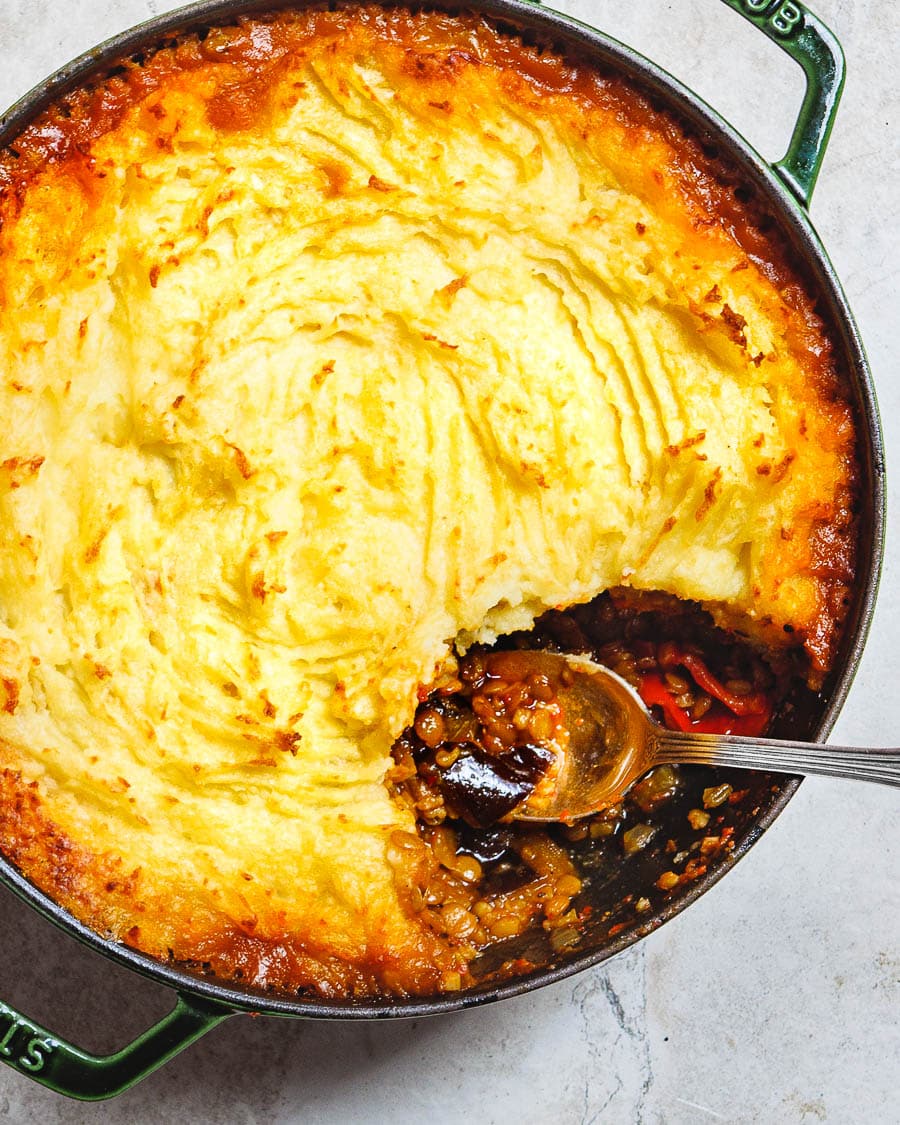


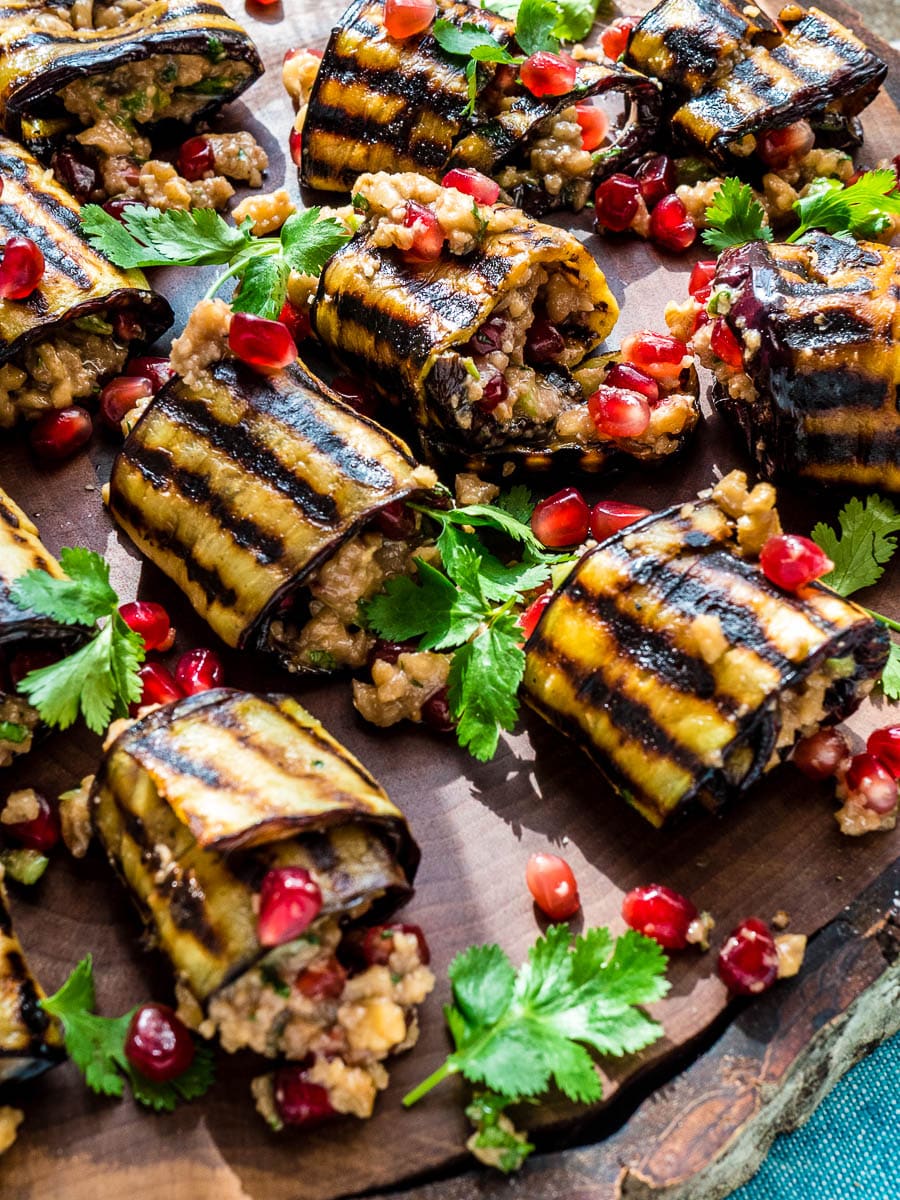
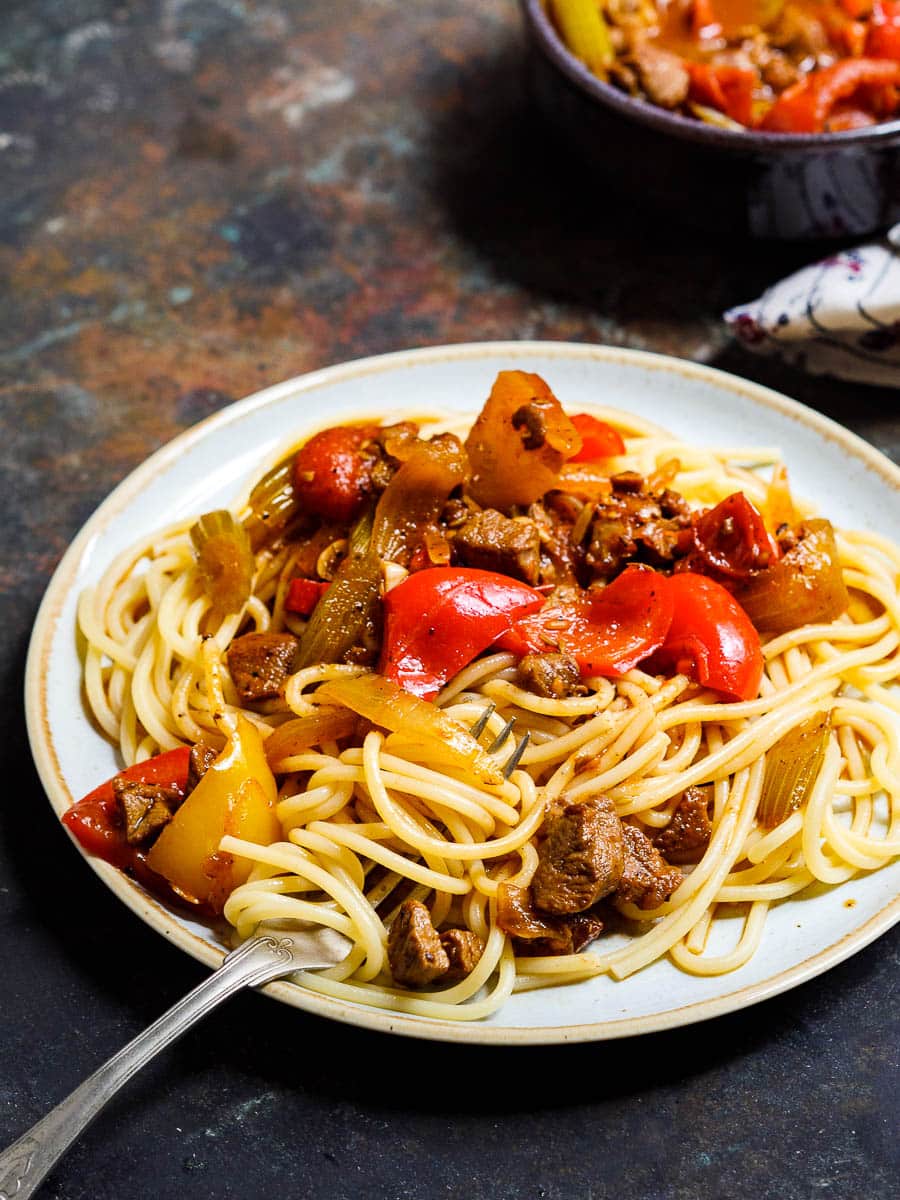
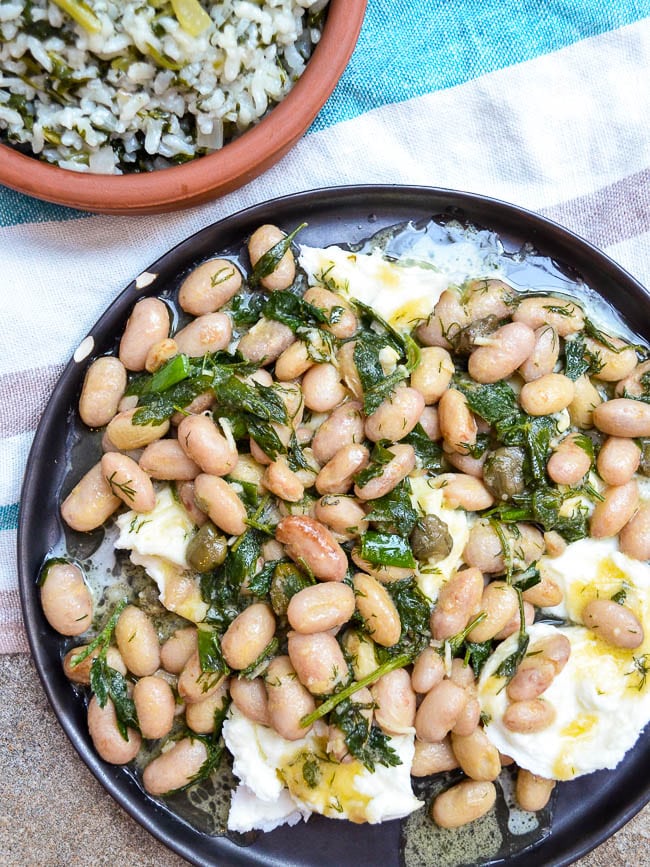

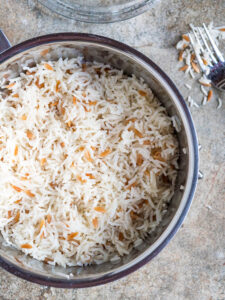
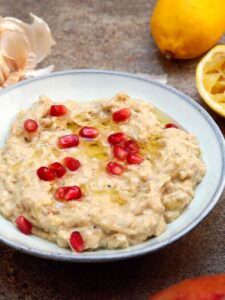




3 responses
I’m in the pedant category when it comes to shepherds’ pie. Not only is it made with meat, but shepherds keep sheep, so it has be lamb or muttton. Traditionally, if made wi th beef or undefined fillings it was called Cottage Pie. This is a designation which chcould legitimately attach to a vegetarian pie such as yours.
Thanks for your point of view, which I appreciate and agree that this would probably be historically more correct. It’s one of the reasons why I put “shepherd’s pie” in inverted commas, however modern day usage of shepherd’s pie has expanded to also cover cottage pie in most places and situations, as well as variations thereof. While cottage pie may be more exact, I don’t think it’s a more correct designation than shepherd’s pie in this instance, where the full title in any case is clearly labelled as a diversion from the original concept. Hope that explains the reasoning behind the naming of this recipe 🙂
OMG this was delicious. I used kasha, which is robust, big grain with very complimentary flavors.